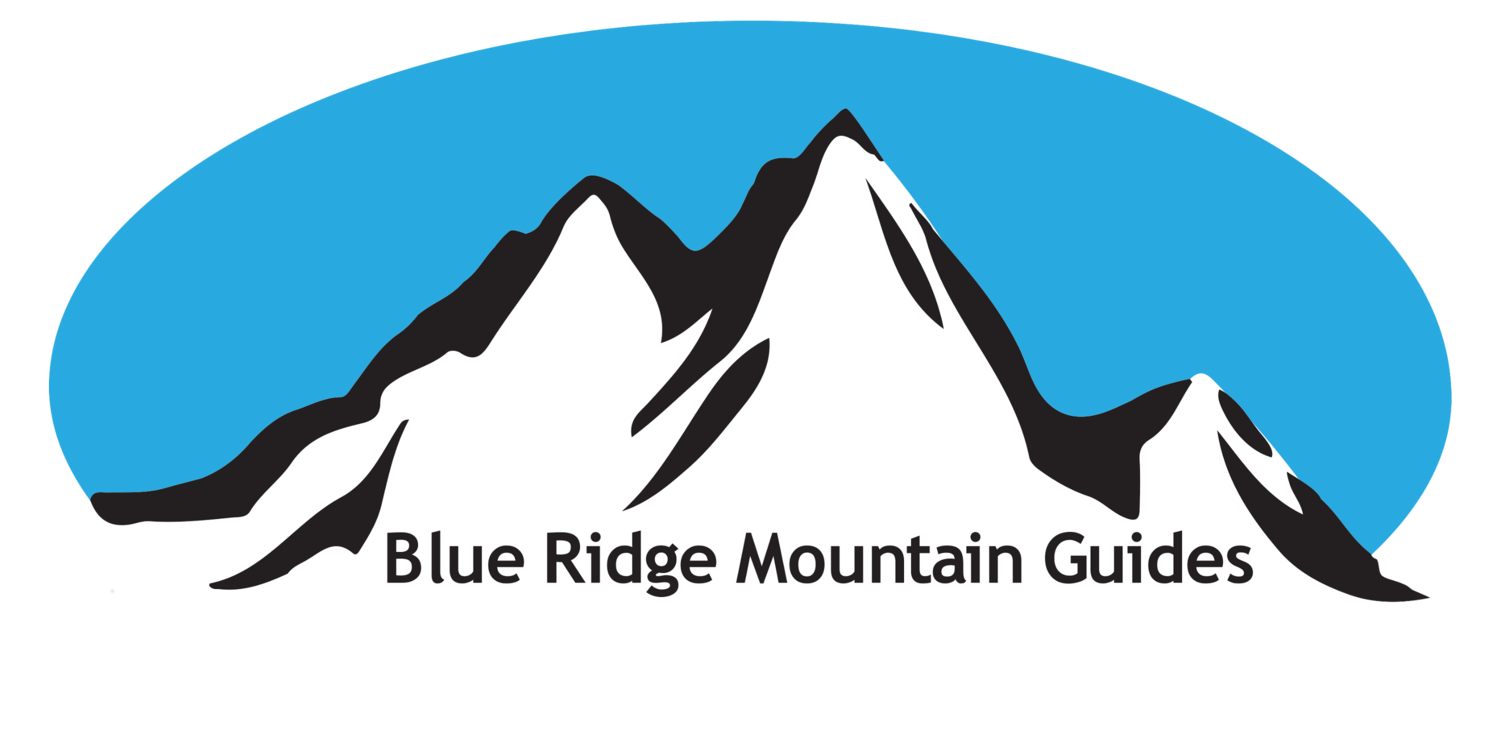Preparing for the AMGA SPI Course
Congratulations on registering for an American Mountain Guides Association Single Pitch Instructor Course or starting to research the program and climbing instruction/guiding work. It’s exciting! Relish the moment and imagine the possibilities a bit.
Below you will find some information to help you prepare for an AMGA SPI Course. This page is not exhaustive and is only meant to be a supplement to your providers website, pre-course info, the AMGA website, and the SPI Program Handbook.
Resources for the AMGA SPI Course:
Download/Print the AMGA SPI Program handbook. The document contains a course syllabus, info on the assessment, a gear list, and more.
Become a professional member of the AMGA. This is a prerequisite for the course and will give you access to members only content. You can register on the AMGA website here.
Ensure you will meet the course prerequisites (listed below) by the time of your program. Download the SPI course Resume Template and complete it. Most providers will require a resume submission.
AMGA SPI Manual (yellow/black book) The text is included on Blue Ridge Mountain Guides programs. If you would like to purchase one ahead of time, you can do so and be reimbursed the market rate during your course.
Prerequisites
You are a Professional Member of the AMGA.
You have a genuine interest in rock climbing and instructing novices on single pitch crags.
You are at least 18 years old at the time of the course.
You have at least 12 months prior climbing experience.
You are an active climber with traditional lead climbing experience (leader placing pro).
You have led a minimum of 15 traditional rock climbing routes (any grade).
You are capable of comfortably climbing 5.8 while on a top rope.
The above prerequisites are absolute minimums. Without having at least this amount experience you are unlikely to make best use of the course.
Pre-course eLearning(required for course completion):
eLearning is required to complete the AMGA SPI course. You will take more away from the eLearning if you allocate time for it and don’t rush through it last minute. You will receive instructions/access to the programs eLearning from your provider.
Expect ~ 3 hours to complete all modules.
Skills to Review Prior:
Practice tying the following knots:
- Triple Over Hand (barrel/stopper knot)
- Figure 8 Follow through and on a bight
- Overhand on a bight
- Bowline and bowline on a bight
- Double Fisherman’s
Practice tying the following hitches:
- Clove
- Munter
- Mule
- Munter, Mule, Overhand (MMO)
Practice tying the following friction hitches:
- Auto Block
- Prussik
- Klemiheist
Use of Assisted Braking Devices (ABDs)
- Petzl GriGri or similar
Rappelling with an extension and backup
SPI Course Beta!
Take notes! Paper and pencil, a cell phone, or a camera works great. There is a tremendous amount of info covered in the 27 hours of field time. You need something to look back at after the program as you solidify what you were exposed to during the course.
Research and practice the skills listed above. The more you know coming into the course, the more you details you will be able to take away from it.
Generally folks arrive at the course with less experience with either trad leading, static rope anchors, or top site management. Knowing this, spend some time researching if not even practicing these skills prior to the course and certainly focus on your weaknesses prior to an assessment.
You need to meet the prerequisites for the course to receive a completion. Ensure you are capable of comfortably climbing 5.8 while on a top rope and that you can place trad gear securely. If you aren’t quite to that point and are looking to acquire trad skills, a Trad Leading Course is likely a better starting point.
Ready to register for an AMGA SPI Course in Virginia, North Carolina, or West Virginia? Blue Ridge Mountain Guides is the only AMGA Accredited business providing AMGA SPI Courses and Assessments in the south eastern US.

